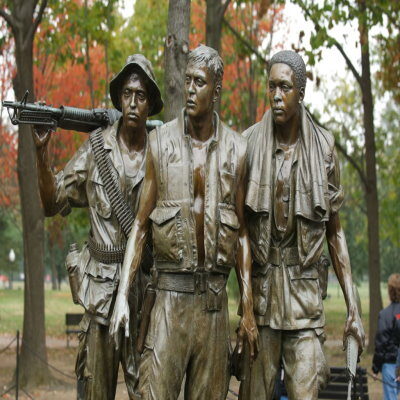
75 years ago today, at the American Residence in Baguio City, General Yamashita formally surrendered Japanese forces in the Philippines, marking the end of World War II in the Philippines and ending one of the darkest and saddest periods in our history. Today, Secretary of Foreign Affairs Teodoro Locsin Jr., Secretary of National Defense Delfin Lorenzana, and Ambassador of Japan Koji Haneda joined U.S. Ambassador Sung Kim to virtually commemorate that solemn occasion as #AlliesForFreedom and #FriendsPartnersAllies.

The American Residence in Baguio is a site of enduring diplomatic, military, and cultural significance in American and Philippine history. Completed in 1940 during the Commonwealth period, the Residence survived the ravages of World War II and a great earthquake in 1990.

Originally conceived of as the summer residence of the American Governor-General, the residence continues to be a favored site for representing America’s broad interests in the Philippines. Though the advent of air conditioning has made it unnecessary for the Philippine Government to formally move to Baguio for the summer months, much of its leadership transfers there for working vacations. The annual post-Christmas reception at the Residence is a highlight of the calendar year with the Philippine President and members of the cabinet in attendance.

Anchored in History
At the turn of the century, the first U.S. Governor General William Howard Taft was oppressed by the heat of Manila and sought a cooler spot for a summer government retreat. Under the eye of the future President, the government began to develop Baguio which author Stanley Karnow described as “a carbon copy of a town back home. ..It remains to this day a charming remnant of the U.S. presence in the archipelago.”

The High Commissioner’s Residence (as the Baguio Residence was then known) was pressed into service by the Japanese high command during World War II. It served for a time as the residence and headquarters of General Tomoyuki Yameshita, the famed “Tiger of Malaya.” As a precaution against allied attack, the Japanese built extensive escape tunnels under the building.
The Residence achieved true landmark status on September 3, 1945 as the site of the unconditional surrender of all Japanese forces in the Philippines in World War II. Appropriately, the senior American officer present was Lieutenant General Jonathan Wainwright, who had surrendered the Philippines to the Japanese in 1942 after the fall of Bataan and Corregidor. General Douglas MacArthur chose Wainwright, still haggard from over three years in Japanese prison camps, as his personal emissary to the surrender in Baguio.
Flanking Wainwright at the long dining room table in the bullet-pocked living room were other senior Allied officers, including British General Sir Arthur Percival, who had been forced to surrender Singapore to General Yamashita in 1942. Directly across was General Yamashita. The swords handed over by the General and his staff lay on the table in front of the Allied contingent.
After the surrender document had been signed, the American officer in charge presented the first pen to Wainwright and the second to Percival. At 12:10 PM, September 3, 1945, the surrender of all Japanese forces in the Philippines was completed and the war officially ended.
Carl Mydans, a famous photographer with LIFE magazine, captured the event in a panoramic photo. Philippine National Artist Fernando Amorsolo later reproduced the photo in a large oil painting that now hangs over the fireplace in the living room of the Residence. A few feet away is a post-war portrait of General Wainwright, wearing the Medal of Honor presented to him by President Truman.
An American Outpost
Since World War II, the Residence has been used by the Ambassador and other U.S. government officials for relaxed meetings with Philippine notables. The traditional Christmas and Easter season receptions at the Residence hosted by generations of Ambassadors have become cherished institutions for hundreds of guests each year. Over the decades, the Residence has reliably provided a dignified and appropriate venue for Embassy officials to work and socialize with government officials, diplomats, friends and important contacts in a leisurely atmosphere amid agreeable surroundings.
The Embassy often hosts book launches, art exhibits, concerts, lectures, and other cultural events at the Residence. It also serves as a key outreach point for the American community in the Northern Luzon area. The Consul General meets at the Residence with American citizens and our warden network.
During the great earthquake of 1990 that killed many and leveled hundreds of buildings in Baguio, the solidly-constructed Residence sustained a few cracks, but stood firm. Legend has it that the Amorsolo painting of the 1945 Surrender Ceremony not only stayed attached to the wall, but also remained perfectly centered. Those who admire and respect the history and enduring value of the Residence often take this as a sign that the American Residence and surrounding grounds will continue to flourish under the Stars and Stripes far into the future.
Credits / Source of some content:
https://ph.usembassy.gov/embassy/manila/american-residence-baguio/









